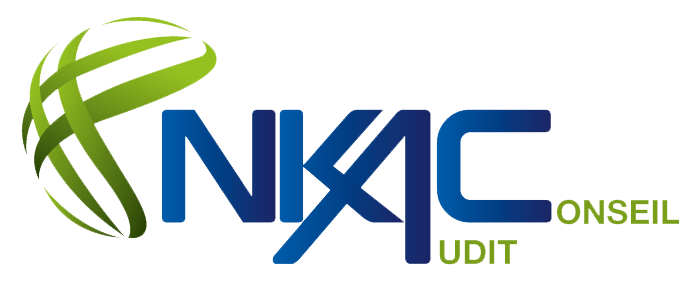Une holding, également appelée « société mère », est une entreprise dont l’objectif principal est de gérer des participations dans d’autres sociétés. Nous allons explorer les avantages et les types de structuration d’une holding.
Qu’est-ce qu’une société holding ?
Une société holding détient des parts dans une ou plusieurs entreprises, appelées filiales. Selon l’Acte Uniforme, une société devient société mère lorsqu’elle possède plus de la moitié du capital d’une autre société, qui devient alors sa filiale.
Types de holdings
Il existe deux types de holdings :
- Holding passive : Elle se limite à détenir et gérer des participations.
- Holding active : Elle fournit des services à ses filiales en plus de détenir des participations.
Pourquoi créer une holding ?
Plusieurs raisons peuvent motiver la création d’une holding :
- Acquisition d’une entreprise
- Optimisation fiscale et patrimoniale
- Création de filiales
- Expansion géographique
Avantages d’une holding
1. Avantages financiers
Créer une holding permet de structurer une société détenant des titres dans d’autres entreprises, ce qui facilite l’accès au financement. La holding peut contracter des emprunts en son nom, offrant ainsi une alternative à l’investissement direct dans les filiales.
De plus, la mutualisation des services support au sein de la holding génère des économies pour l’ensemble des entreprises du groupe.
2. Avantages juridiques
Les emprunts contractés par la holding protègent les biens personnels des dirigeants. Lors de la transmission d’entreprise, le dirigeant peut désigner un successeur sans lui confier la majorité du capital, puisque le contrôle s’exerce par la détention majoritaire dans la holding.
La holding permet également de répartir le capital de manière égalitaire entre plusieurs successeurs tout en conservant un ou plusieurs dirigeants majoritaires au sein de la holding.
3. Avantages fiscaux
Le régime mère-fille offre des avantages fiscaux, notamment une exonération partielle ou totale d’impôts sur les dividendes reçus des filiales. Sous certaines conditions, 95 % des dividendes peuvent être exonérés.
Pour bénéficier de ce régime, il faut que :
- Les sociétés soient soumises à l’IS
- La société mère ait son siège social au Sénégal
- La société mère détienne au moins 10 % du capital social de la filiale
4. Avantages opérationnels
La holding centralise les fonctions de gestion et de logistique, simplifiant ainsi la gestion des filiales et assurant une cohérence globale. Cela permet des économies d’échelle et une meilleure transmission de l’information au sein du groupe.
Contactez-nous
Pour plus d’informations sur la création ou la structuration de votre holding, contactez notre service Expertise Comptable & Tax.




